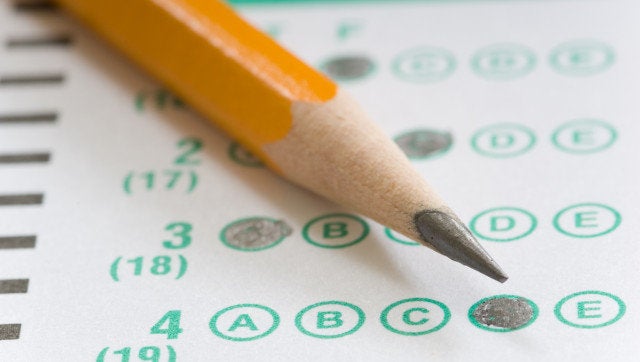
This post was co-authored by Director of Standardized Test Preparation Michael Bergen
"When in doubt, choose C."
"You can make up anything on the essay."
"Don't read the passages and go straight to the questions."
Students' theories about standardized testing shortcuts are as numerous as they are incorrect, but they are usually easy to debunk with a little scrutiny. Recent cognitive psychology research, however, indicates that many of the most commonly used (and commonly taught) learning techniques and testing strategies are not as useful as conventional wisdom says. But it's not all bad news -- these studies also present alternatives to replace these inefficient methods.
In a recent study titled "Improving Students' Learning with Effective Learning Techniques," John Dunlosky et al. test the utility of several common tactics used to absorb verbal information, primarily concerned with reading comprehension. Interestingly, the worst-performing techniques are those which most students gravitate towards when trying to retain a passage. Underlining, highlighting, and rereading were all given a grade of "low utility" by the researchers, meaning that no meaningful difference was shown between students using these techniques and those using no technique at all. While these findings do not bode well for coeds trying to absorb lengthy reading assignments, they should be even more alarming for students taking standardized tests.
Most students who employ strategy on these sections resort to underlining, note-taking, or re-reading, all of which cut into the valuable time students need to consider these questions. While the authors of the article do not explicitly suggest a strategy to replace these three, their data would suggest that summarization is the appropriate choice for standardized testing. Instead of interrupting the flow of reading by taking notes or stopping to underline, students would be better served to finish reading and then review what happened in their own words. Summarization forces students to engage their critical thinking skills to determine the main focus of the passage; if students can accurately identify the overall argument, they will be more likely to understand how supporting details strengthen the author's thesis and in turn remember those details. Dunlosky et al. are quick to point out that summarization only works when students accurately identify the most important elements of a passage, a skill which certainly takes practice. When mastered, however, summarization shows a strong correlation to increased retention of detail in the short term, which is key to optimal performance on standardized tests.
Not only have many learning techniques been found ineffective, but perhaps the most popular approach to multiple choice questions is also under scrutiny. Students, game show contestants, and readers of several test prep manuals are all discouraged from changing their first answer, but the research suggests this is bad advice. In an article titled "Counterfactual Thinking and the First Instinct Fallacy," lead writer Justin Kruger of the University of Illinois demonstrates that in not one of the 33 studies conducted since the 1960s have students' scores been hurt, on average, by changing answers. In Kruger's own studies, changing answers helped students overall nearly three times as often (54 percent helped to 19 percent hurt, compared to 27 percent whose scores remained unchanged), though the vast majority (75 percent) believed their answers would be adversely affected by changing them. Kruger brings up some interesting points regarding why this disconnect occurs -- in short, we are more psychologically damaged by changing something correct than from not changing something wrong at all -- but does not offer a solution. Statistically, students are helped by changing answers, but since this is not always the case, how should they proceed? The logical answer lies in one of the learning techniques described by Dunlosky et al. as moderately positive: self-explanation. If a student goes back to a question and asks why the correct answer is correct, the student is much more likely either to uncover a flaw in his original thinking. Obviously students should refrain from changing answers indiscriminately, but introducing a little bit of critical thinking can clarify when a "first instinct" was not sound.
So what technique do these studies demonstrate is the best at improving students' scores? According to Dunlosky et al., the most effective technique is simple practice testing. Summarization and self-explanation force students to think more critically about the questions they have been asked, and practice tests deliver the content and pressured scenario students need to feel more ready for the actual test. Ultimately, it should come as little surprise that the best techniques are those which require students to think harder and develop a reliable approach to the test. These tactics might not be the most conventional, but what they lack in convention they make up for in wisdom.